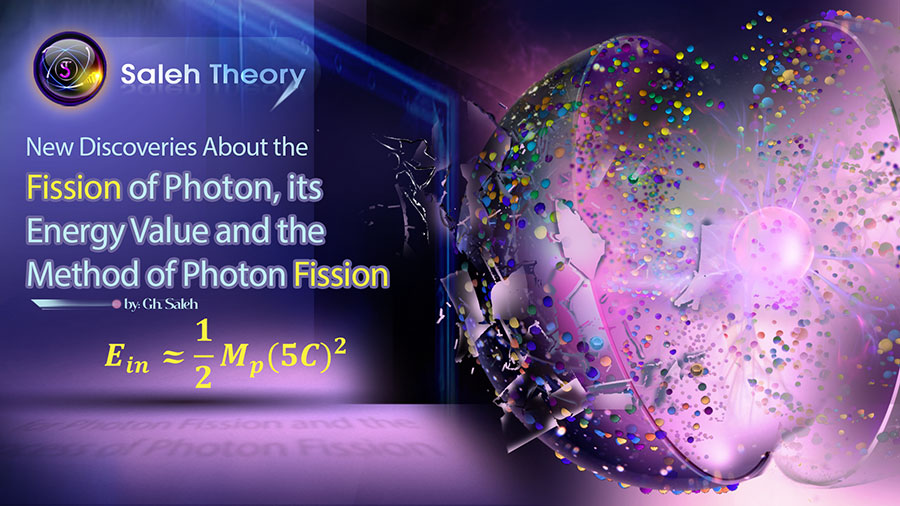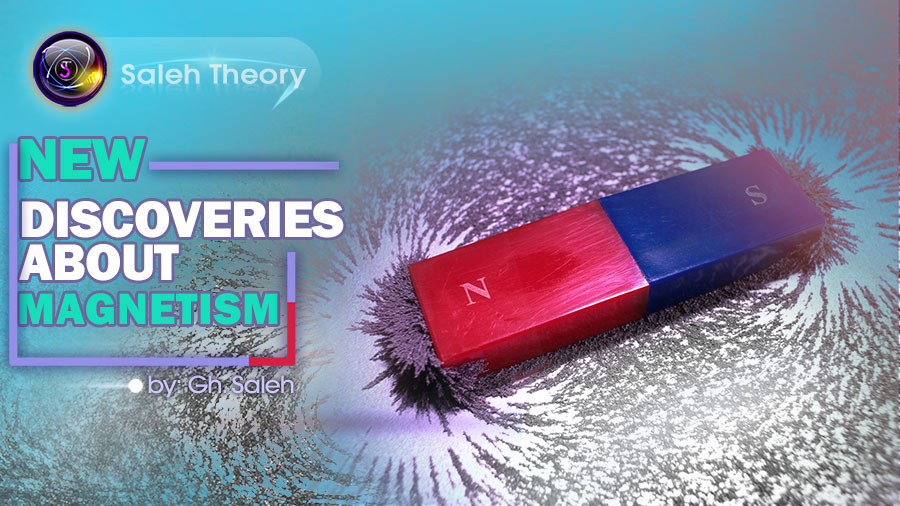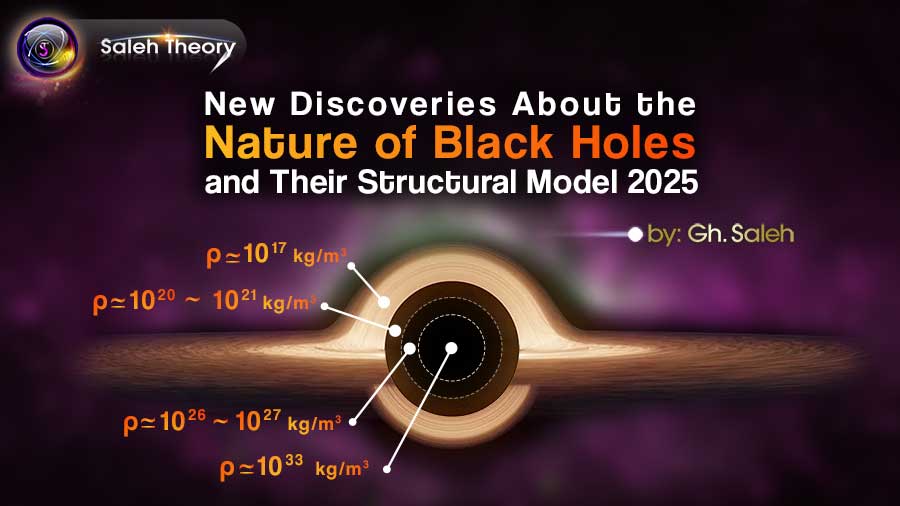
New Discoveries About the Nature of Black Holes and Their Structural Model 2025
If we consider the atomic model of elements, which includes a central nucleus and electrons orbiting around it, we can observe that the model and density of each element will differ from other elements. This occurs because in atomic nuclei, the number of protons (along with neutrons) increases with changes in atomic number, and the electrons that orbit the nucleus also increase following the increase in protons. In essence, alterations in these particles lead to changes in density, meaning different elements possess different densities. Indeed, density can be used as a factor for comparing elements.
If we wish to define a model and nature for black holes, we must consider their density, which is approximately between 1020 and 1032 kg⁄m3. Upon investigating which particle could generate such a density within this range, we examine the following:
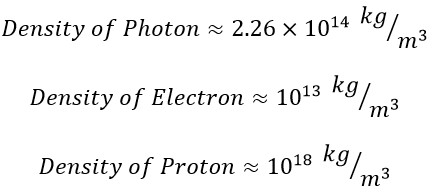
However, as the densities of these particles are less than that of black holes, they certainly cannot produce the requisite density for a black hole.
For a better understanding, let us turn our attention to white dwarfs and their constituent unit, the proton. Consider white dwarfs, which are formed after a stellar explosion and have a density about 109 kg⁄m3. This density, being less than that of a proton, allows for the possibility that white dwarfs are composed of protons.
It is abundantly clear that these particles (photons, electrons, and protons) do not possess the capability to create the density required for black holes. Therefore, we must define a particle that can create this density – a particle smaller than a photon.
Just as an atom has a structure, and a solar system has a structure, a photon also has a structure that can be broken down into smaller constituent particles. These particles would assuredly have a higher density than the photon itself. One of the particles proposed by the Saleh Research Group is a subatomic particle named "Cidtonium-1". This particle could have a density up to 106 times that of a photon.
In reality, the proposed Cidtonium-1 would have a density of approximately 1020 kg⁄m3. However, as we have demonstrated in previous articles, the density of black holes ranges from approximately 1020 to 1032 kg⁄m3. Consequently, only a certain subset of black holes could be composed of the Cidtonium-1. We can, therefore, conclude that to form different black holes with their specific densities, "sub-Cidtonium-1" particles must also exist.
We shall call the first of these "Cidtonium-2", which could have a density 106 times that of Cidtonium-1. The subsequent particle would have a density 106 times that of Cidtonium-2. So:
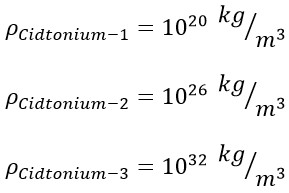
Thus, we can define three models of Cidtonium to account for the density of a supermassive black hole. It can be stated that as the density of the particles increases, their sub-photon structures will also change. Based on this, the general form of a large black hole with a density of around 1032 kg⁄m3 can be demonstrated as follows.

References:
[2] Saleh, Gh. "A New Explanation for Black Holes and White Holes." Saleh Theory, 24 Apr. 2023, https://www.saleh-theory.com/article/a-new-explanation-for-black-holes-and-white-holes
 Download PDF
Download PDF 
